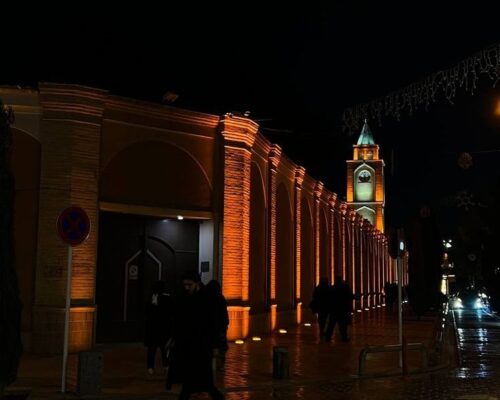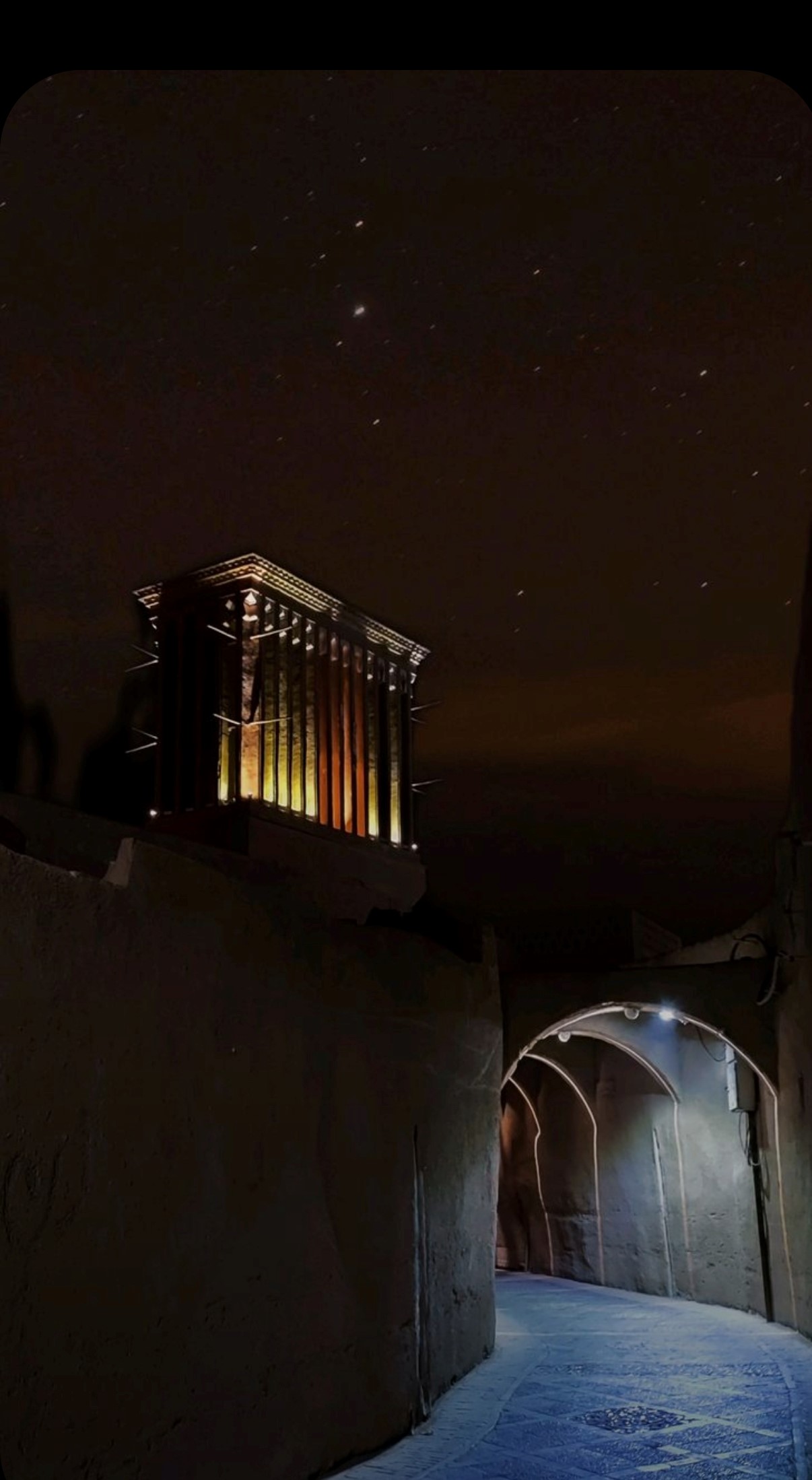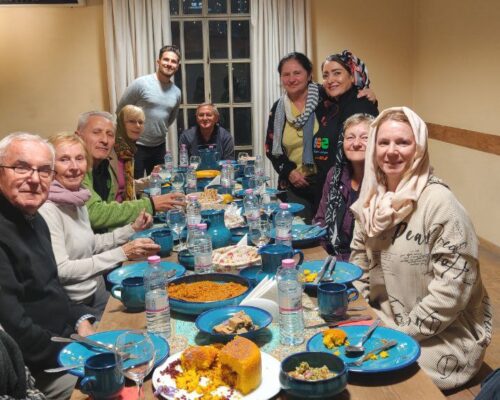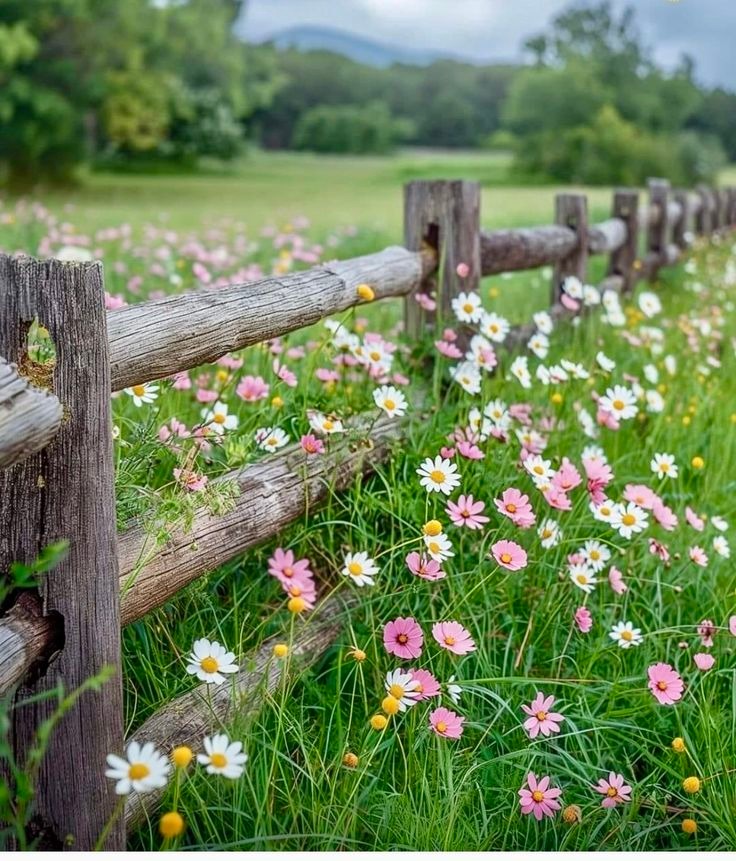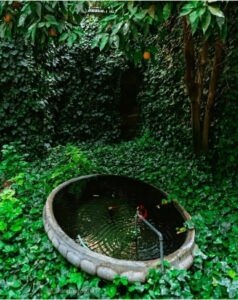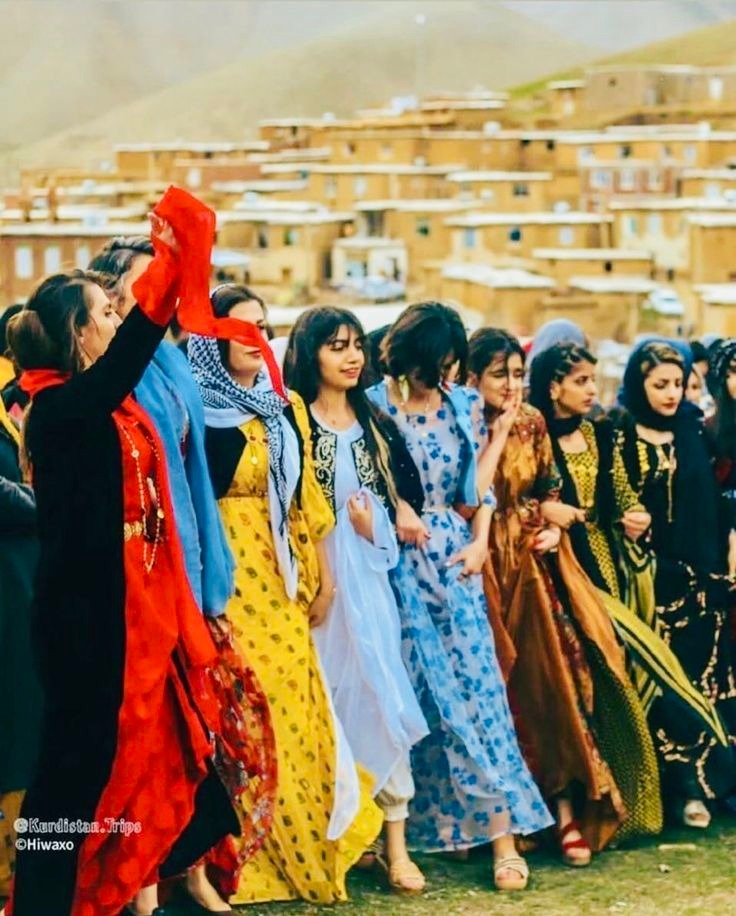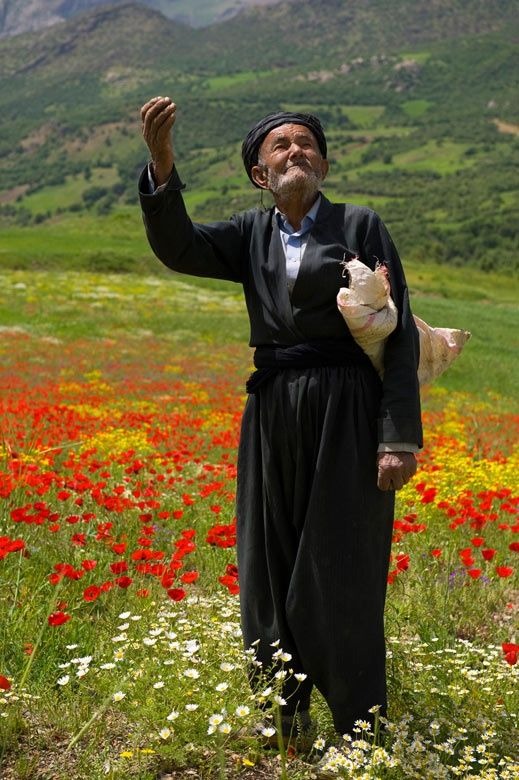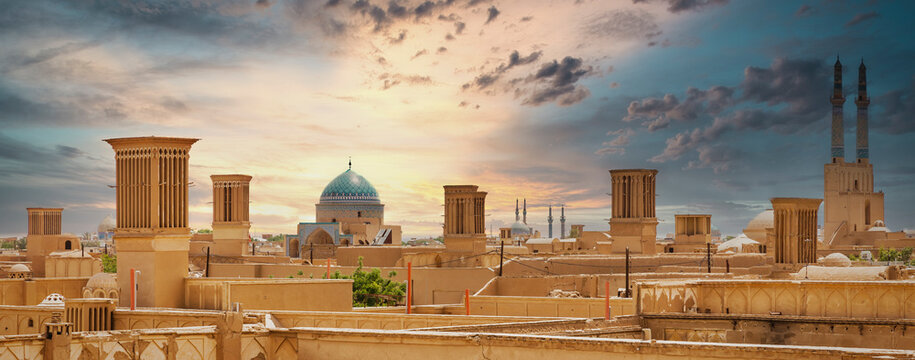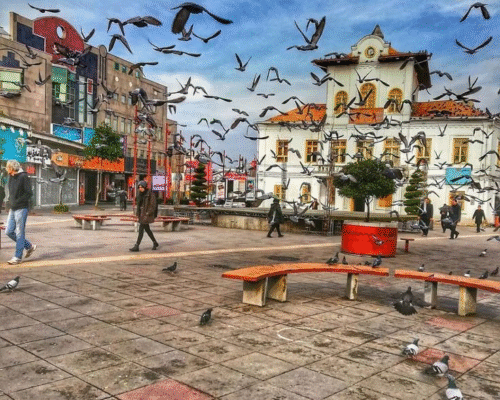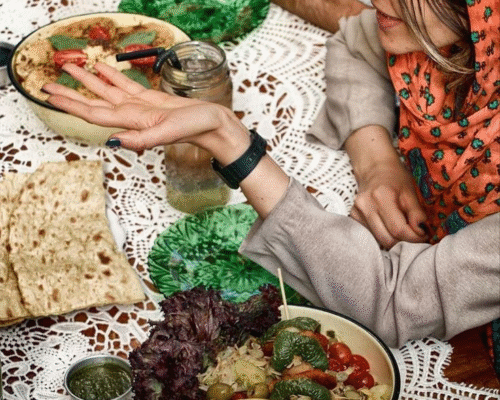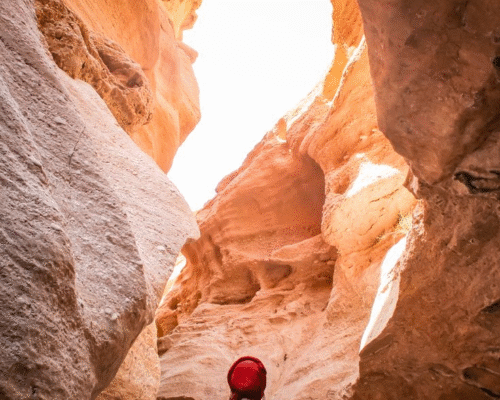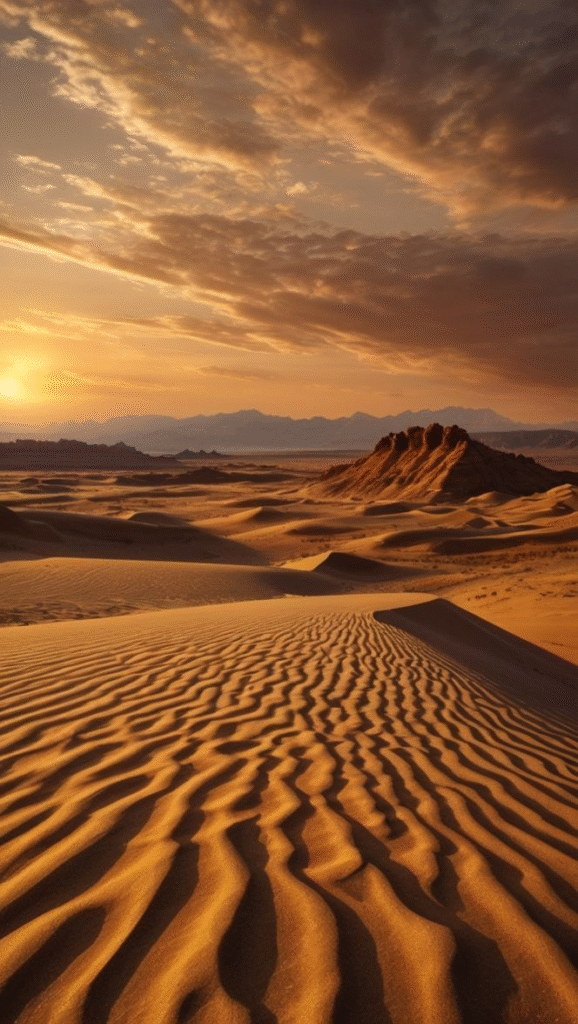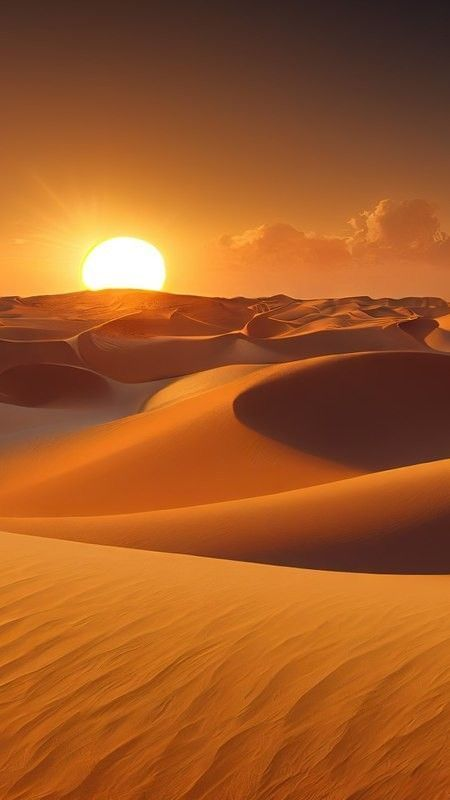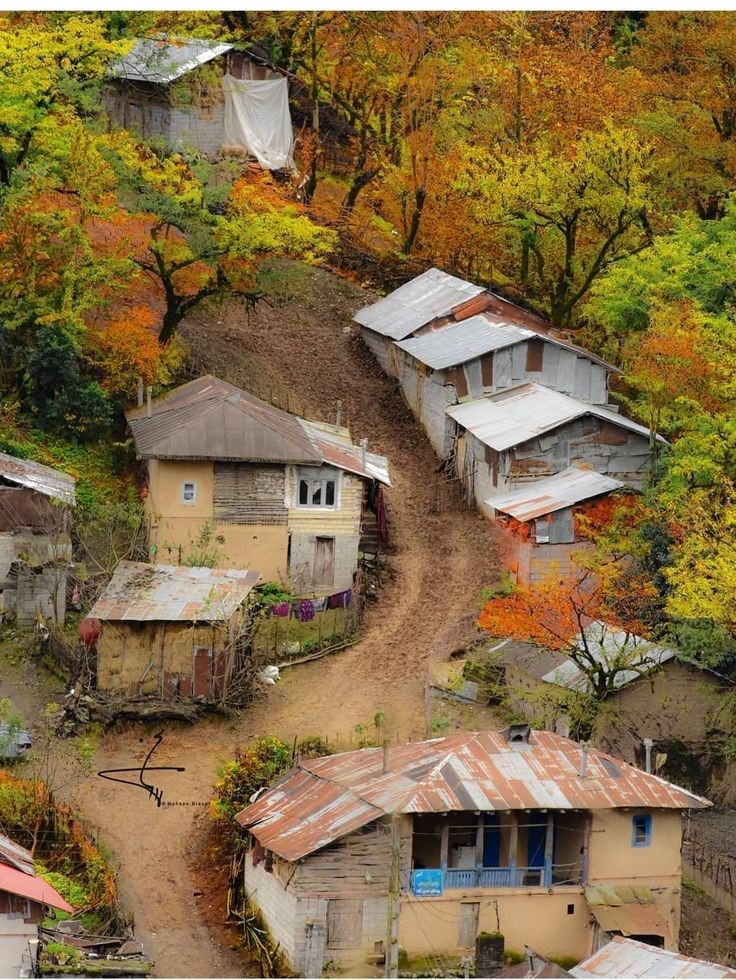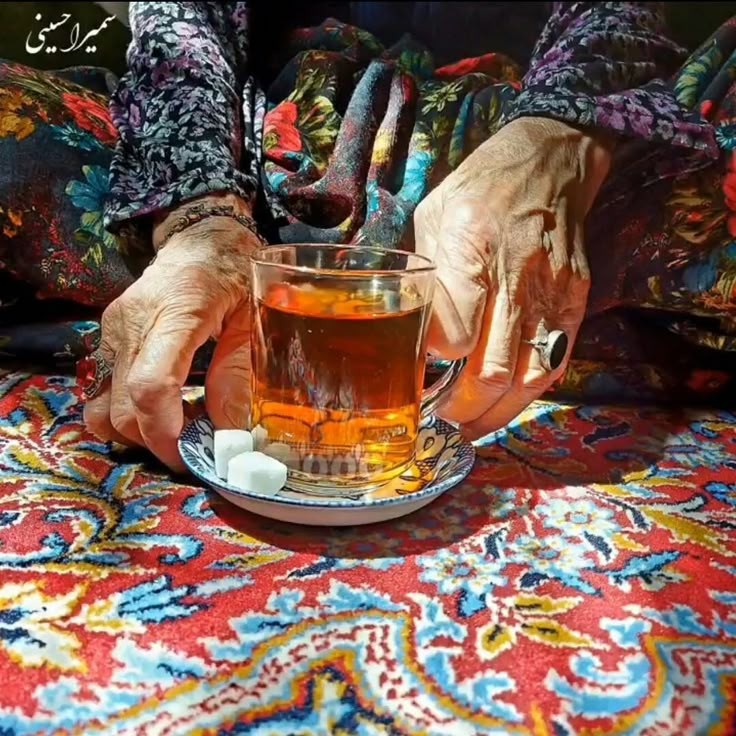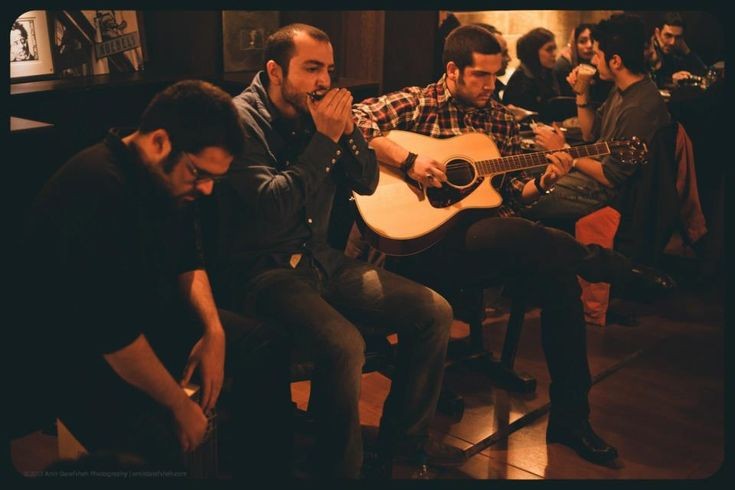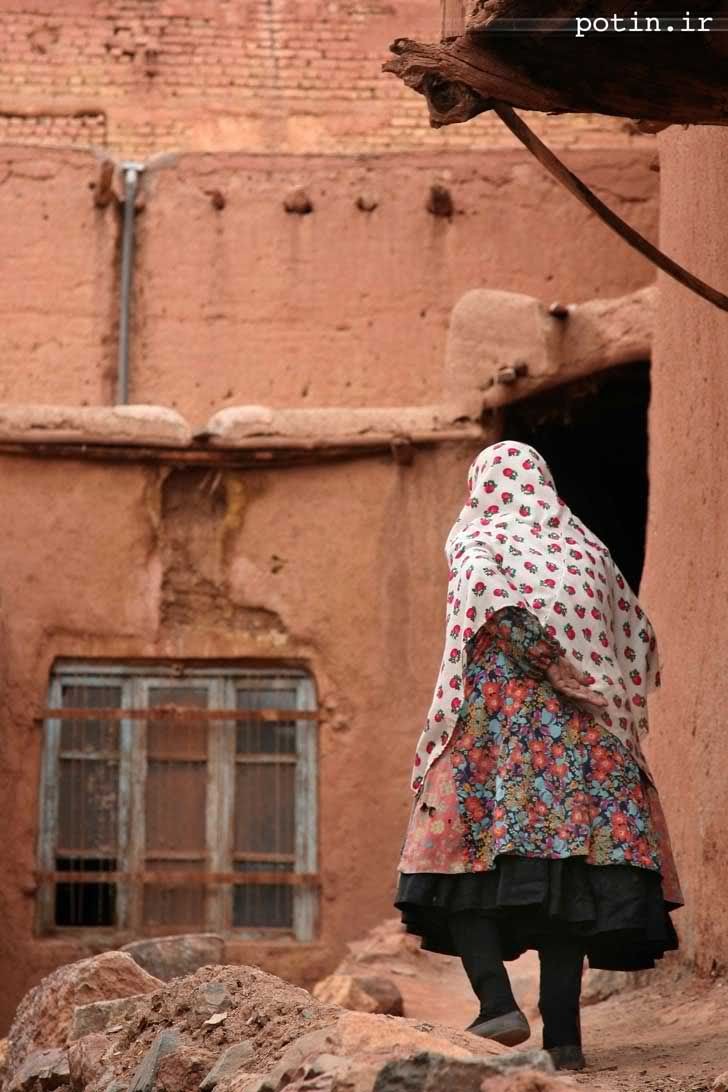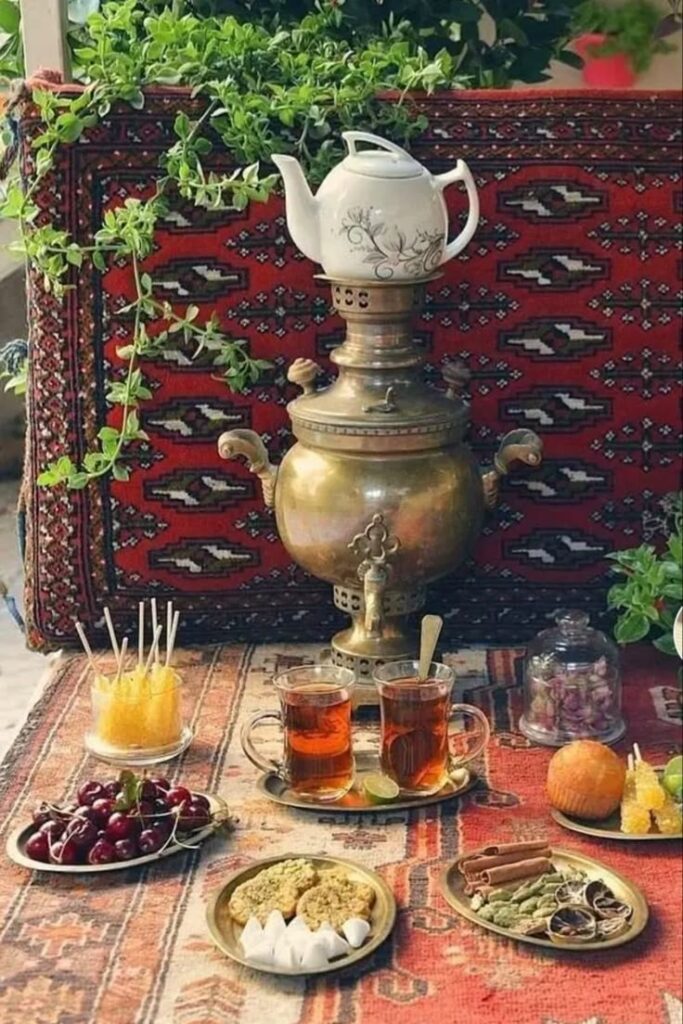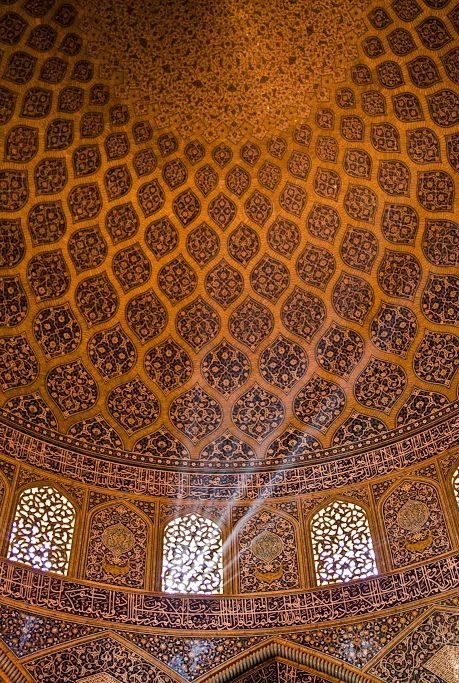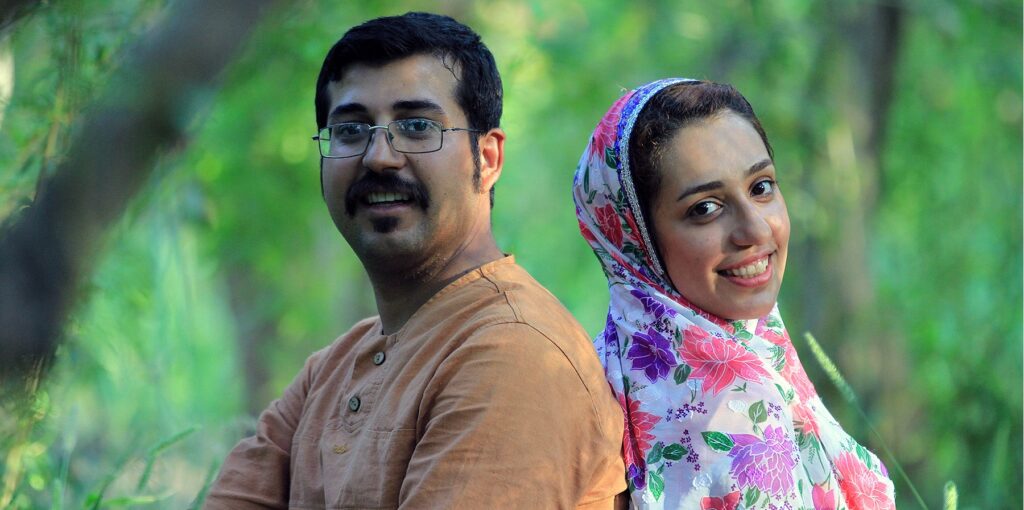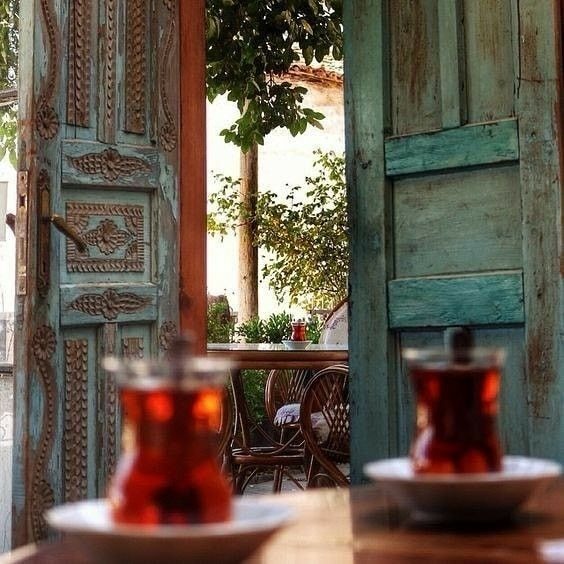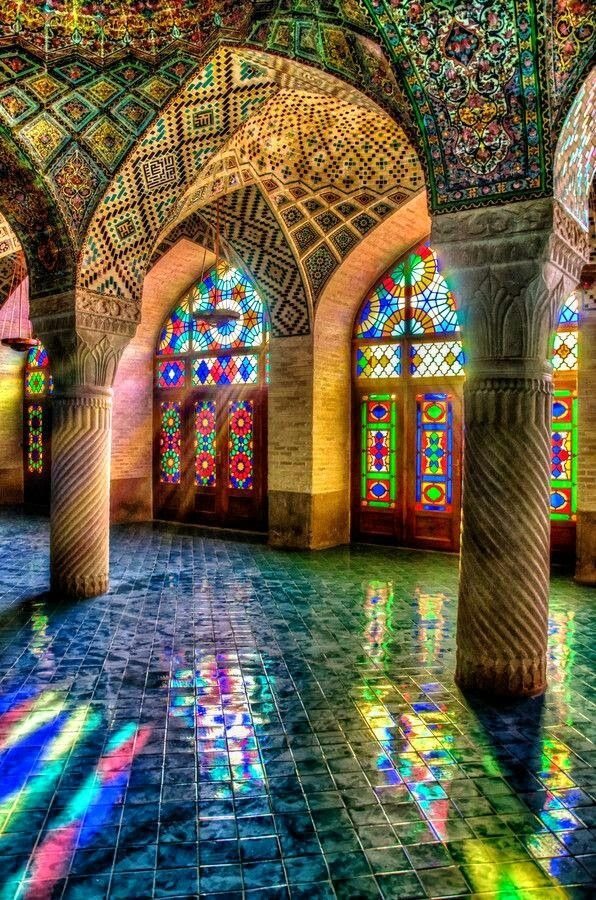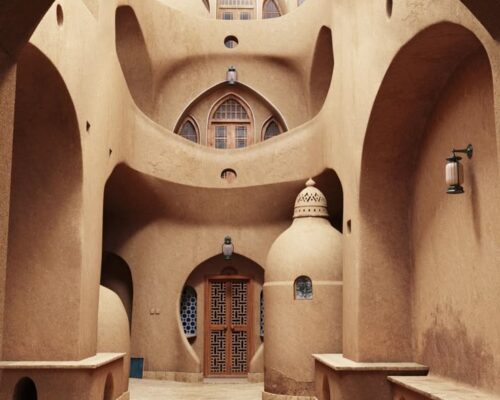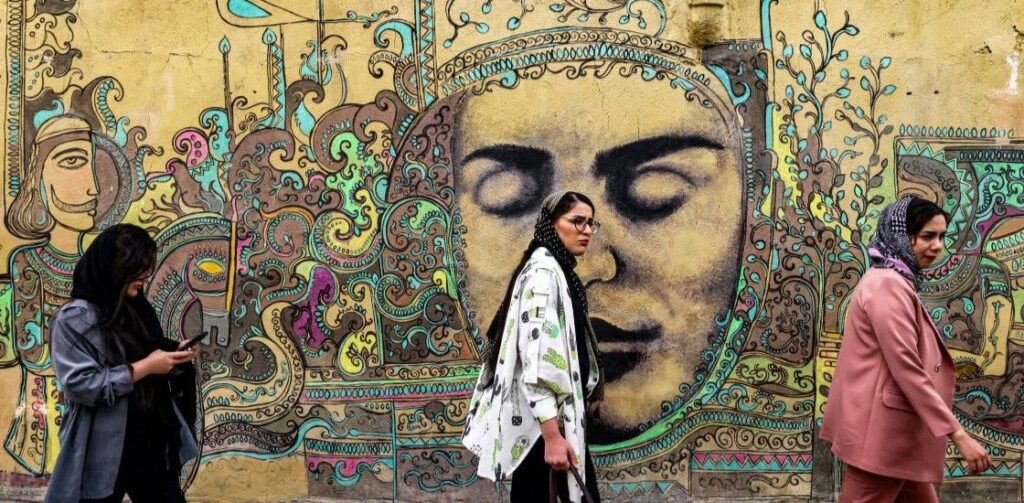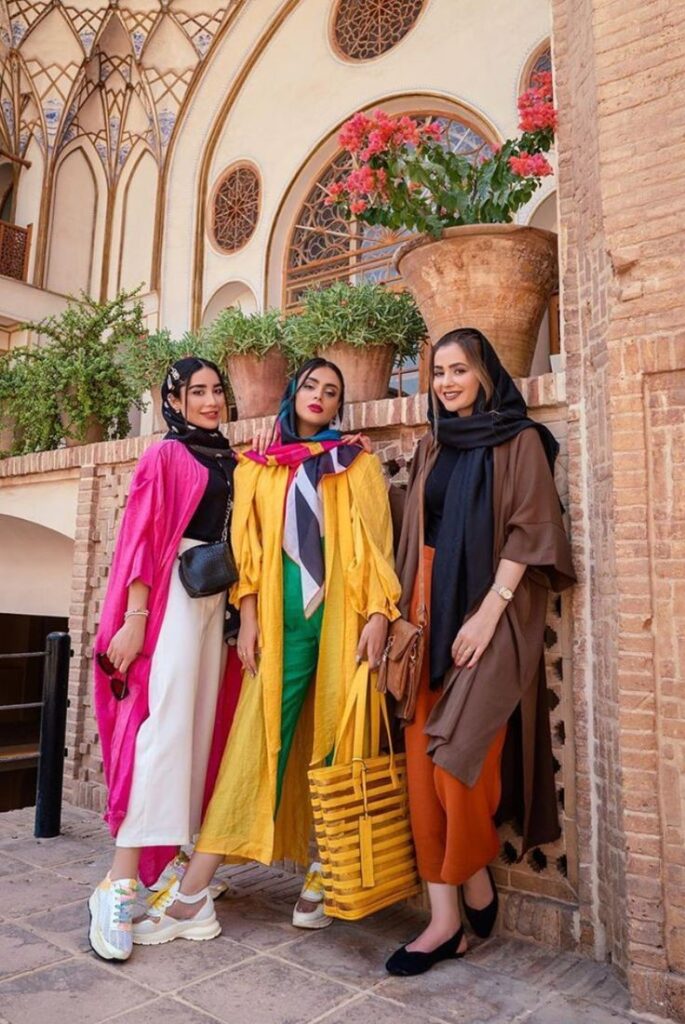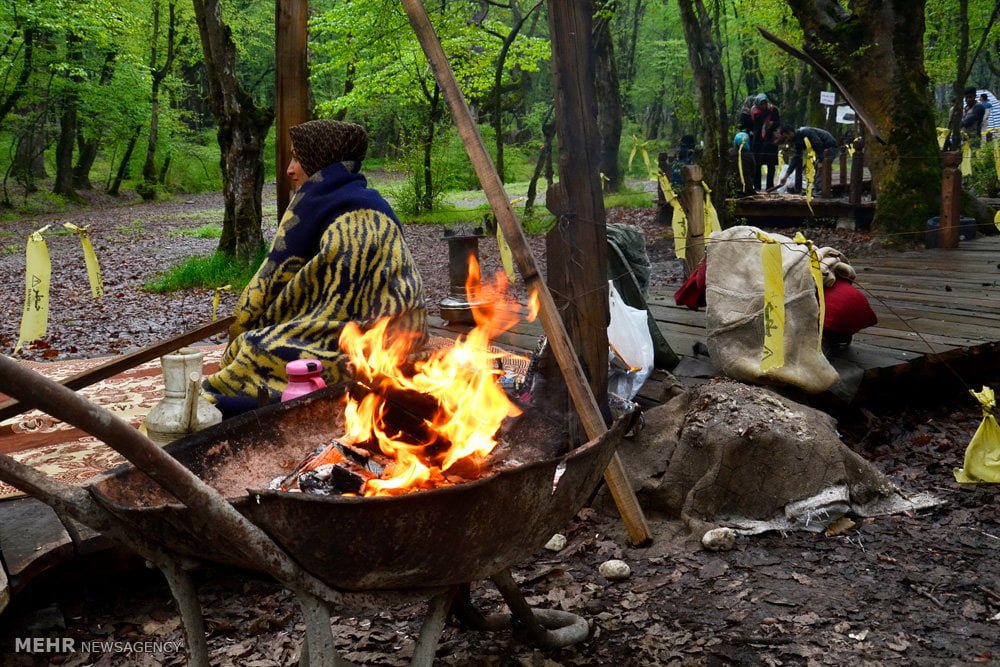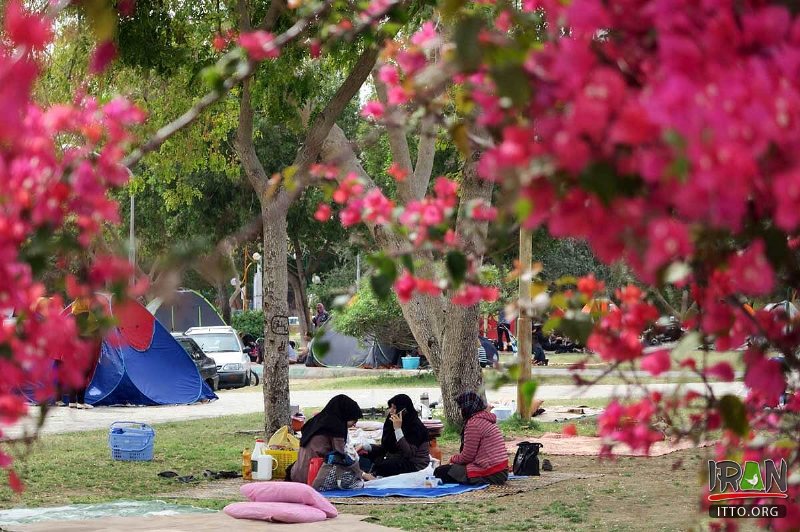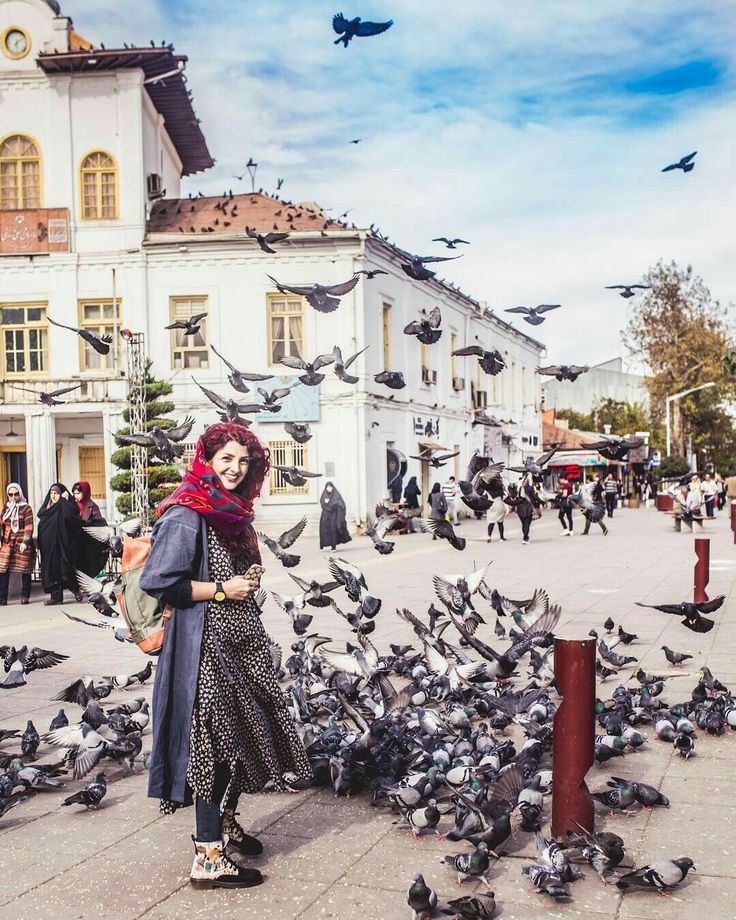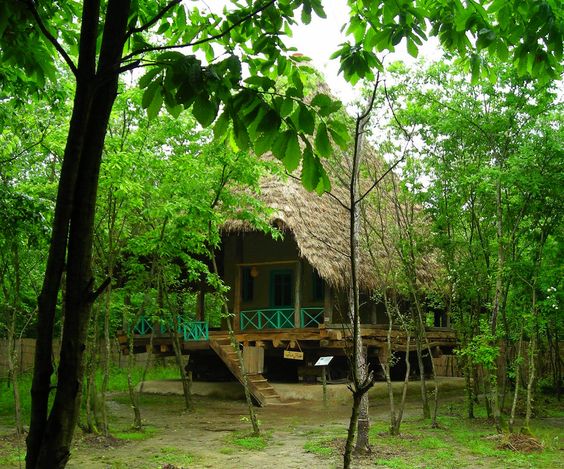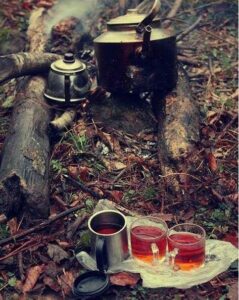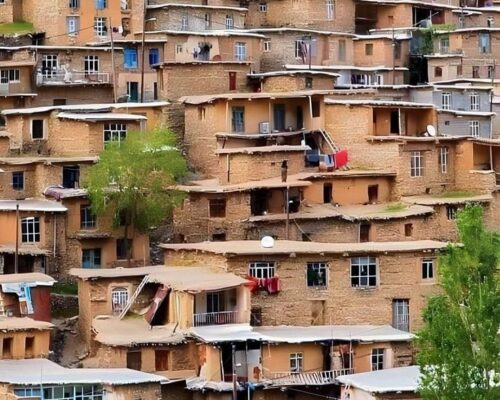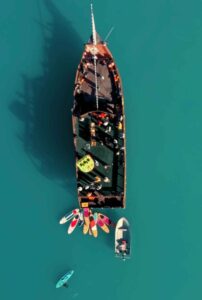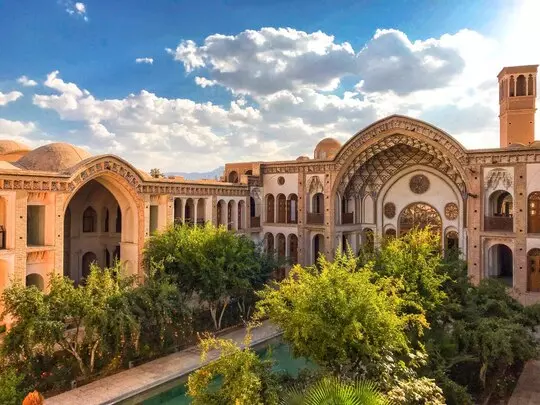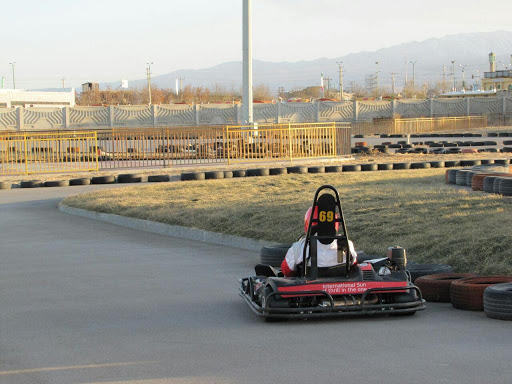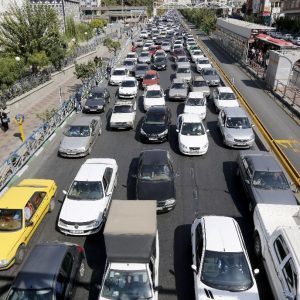11. Where is modern day Susa?
Even if you don’t normally seek out ancient ruins, these three World Heritage sites will make you reconsider. The great bulk and fascinating back story make the Choqa Zanbil Ziggurat, which dates back a mere 34 centuries, one of the most impressive historical sites in a region full of them. Now excavated, some of the bricks look as if they came out of the kill last week and the Tomb of Danial with its unique architecture. Susa or Shush is a fabulous ruin of a place with a castle, acropolis and palace remnants, while Shushtar impressively rounds things out. The ancient watermills of Shooshtar date back to Darius the Great, is a masterpiece of architecture.

12. Tehran Art Scene
Tehran’s excellent museums and palaces provide great insights into Iran’s past. However, to gain a handle on its present, don’t miss the city’s range of hip cafes and contemporary art galleries. These provide an entree into a side of modern Iranian life; they are creative, challenging and liberal, you seldom hear much about in the media. Even government sponsored institutions such as the Iran Holy Defence Museum and Qsar Garden Museum make inventive use of contemporary art. There are many galleries in Tehran which present contemporary art such as Aran art, Elahe Gallery, Homa art gallery, Aun gallery, Etemad gallery, Seyhoun art gallery, Silk Road art gallery, and Sien gallery.
[justified_image_grid ids=”12080,12086,12083,12084″]
13. Islamic Bazaar
In the age of the superstore, most Iranians rely on these mazes of covered lanes, madrasehs and caravanserais for much of their shopping. Tehran, Esfahan, Shiraz, Kerman, Qazvin, Lar and Kashan all have atmospheric bazaars where you can browse beneath domed ceilings, dodge motorcycles and stop in teahouses for a brew. Perhaps the greatest is the World Heritage listed, Tabriz Bazaar, the world’s largest covered bazaar and once among the most important trading centers on the Silk Road.

14. UNESCO world heritage city of Iran, YAZD
Few places have adapted to their environment as well as the desert city of Yazd. It’s a gem of winding lanes, blue tiled domes, soaring minarets, bazaars, and Court yard homes topped by badgers (windrowers) and watered by Qanats (underground water channels). Several of these homes have been restored and converted into evocative traditional hotels. Many travelers declare Yazd to be their favorite city in Iran, and it’s not difficult to see why, combining as it does a whiff of magic on the cusp of the desert. Summer places not far from this desert area are the unexpected combination you can’t miss.
[justified_image_grid ids=”12088,12087,12082″]
15. Western Iran
With the slowdown in overland travel, few make it out west, but that’s just the way we like it. Track down UNESCO World Heritage, listed Armenian churches. Follow the route through Howraman on your way between Marivan and Paveh, named Thousand Masuleh for owning many villages the same as Masuleh. Explore the Aras Valley or spend time getting to know the Kurds around Howraman, the mountain villages around Paveh, the Azeris in the northwest, the Gilan on the Caspian Coast, the Arabs of Khuzestan and so many more unique attractions. Put them together and Western Iran is worth building your entire trip around.



